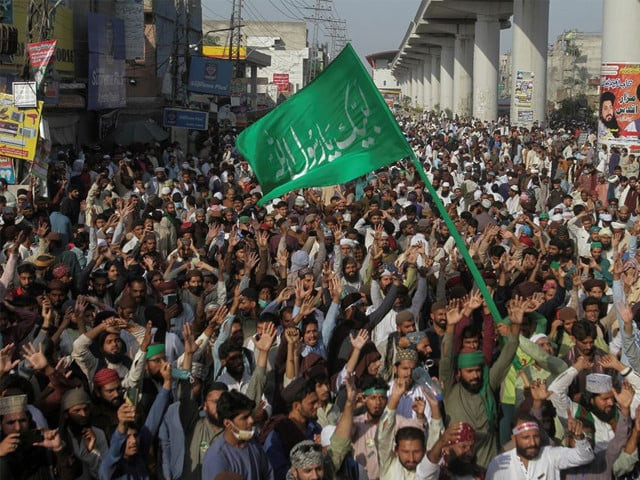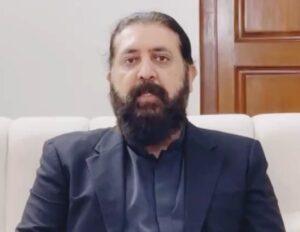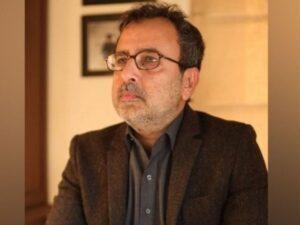Supporters of the banned Islamist political party TLP chant slogans during a protest rally in Lahore, Pakistan October 22, 2021. PHOTO: REUTERS
With the federal cabinet’s approval of the ban on Tehreek-e-Labbaik Pakistan, the party is likely to become the 83rd political or religious organization, armed group or social body to be declared a proscribed entity in Pakistan in the last 25 years.
A ban was also imposed on the TLP in 2021 by the then ruling PTI government, but it was lifted after six months on the condition that the group refrained from any violent or subversive acts.
Can TLP really be banned?
Under Section 11-B(1) of the Anti-Terrorism Act, 1997, any political/religious group or organization involved in criminal or terrorist activities may be declared proscribed. The process is led by the Ministry of Interior with the approval of provincial governments and the National Assembly.
History of banned outfits
The crackdown on extremist and sectarian organizations began in 2001, as Pakistan faced a surge in sectarian terrorism. The first groups to be banned were Lashkar-e-Jhangvi and Sipah-e-Muhammad.
In 2002, the process accelerated with the ban imposed on several jihadist organizations, including Jaish-e-Muhammad, Lashkar-e-Taiba, Sipah-e-Sahaba, Tehreek-e-Jafaria Pakistan, Tehreek-e-Islami and Tehreek Nifaz Shariat-e-Muhammadi, thereby banning their activities throughout the country.
In 2003, new measures were taken against Al-Qaeda, Jamaat-ul-Furqan, Hizb-ut-Tahrir and Jamaat-ul-Ansar.
Rebranding of banned organizations
Several previously banned groups re-emerged under new names: Sipah-e-Sahaba became Millat-e-Islamia Pakistan, Tehreek-e-Jafaria renamed Islami Tehreek Pakistan, and Jaish-e-Muhammad resurfaced as Khuddam-ul-Islam. These renamed entities were later banned again by the government.
In 2006, increased militant activities in Balochistan led to the banning of the Balochistan Liberation Army (BLA).
Between 2006 and 2010, the insurgency intensified, prompting the government to ban other separatist and militant outfits, including the Baloch Republican Army (BRA), the Baloch Liberation Front (BLF), Lashkar-e-Balochistan (LeB), the Baloch United Liberation Front (BLUF), and the Baloch Musallah Defa Tanzeem (BMDC).
Entities banned from left to right
Each year, new organizations are added to the list of prohibited entities based on provincial recommendations, intelligence reports and sometimes advisories from the U.S. Department of State.
Since 2000, the Pakistani government has banned 82 organizations.
In 2024, Zainabiyoun Brigade (ZB), Balochistan Majeed Brigade (MB), Hafiz Gul Bahadur Group and Pashtun Tahafuz Movement (PTM) are the latest additions to the list of banned organizations.
Political parties have also faced restrictions since the creation of Pakistan.
The Communist Party of Pakistan (CPP), led by Sajjad Zaheer, was the first political party to be banned in 1954. Later, Sheikh Mujibur Rahman’s Awami League was banned in 1971, followed by Khan Abdul Wali Khan’s National Awami Party (NAP) in 1975.




